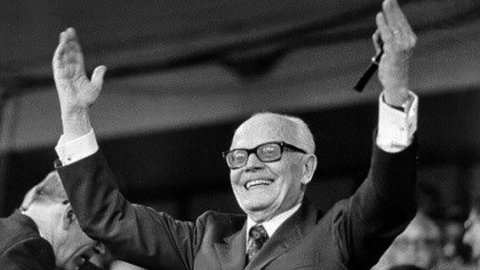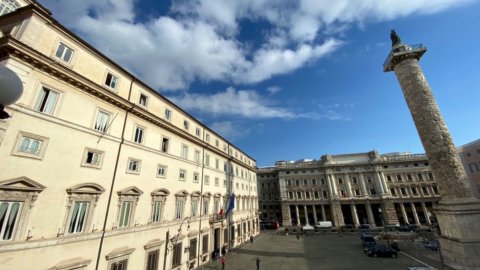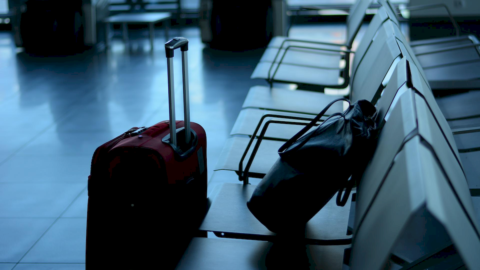The most loved, in retrospect, was Sandro Pertini, who became an icon of the Italian twentieth century with that 1982 World Cup. Even if in 1978 he started as an outsider, opposed by Craxi himself, and it took no less than 16 ballots to elect him. Those instead voted in the first ballot were only three: De Nicola, Cossiga and Ciampi. The only one to do an encore was Giorgio Napolitano, while the most represented hometowns are Naples with three Presidents, and Sassari with two. The party with the most presence at Colle is the DC with 5 presidents (and three others elected under its government), and all the Heads of State, except Gronchi who had it in Literature, had degrees in Law.
Thus Italy chooses its own 12th President of the Republic (13th term): the first was the liberal Enrico De Nicola, president of the Constituent Assembly, then in order Luigi Einaudi and the long series of Christian Democrats from Giovanni Gronchi to Antonio Segni, to Giovanni Leone, Francesco Cossiga and Oscar Luigi Scalfaro, interspersed with social democrat Giuseppe Saragat and socialist Sandro Pertini. Finally, the independent Carlo Azeglio Ciampi and the president of broad agreements Giorgio Napolitano, with a past in the communist party and elected by DS.
The history of the elections for the Head of State, which before this round had totaled 106 ballots in all, is not, however, without anecdotes and background stories. The first "ambush" by snipers it took place at the second election, that of Einaudi in 1948. On the eve of the strong name was that of Count Carlo Sforza, genuine anti-fascist and former Foreign Minister, secular but also supported by De Gasperi's DC: on the first ballot, however, the votes in favor they stopped at 353, 130 short of what seemed guaranteed. Thus it was that, having burned the candidate, on the fourth ballot, the first ballot with the simple majority of the joint assembly of deputies, senators and regional delegates, the name of the liberal came out Luigi Einaudi, first Head of State in office for seven years.
The most troubled election was certainly that of John Leone, in 1971: if in fact in 1964 it took 21 ballots (one of which on Christmas day…) to elect Saragat, seven years later to confer the mandate on the DC exponent, former president of the Council, it took no less than 23. The he last year of his controversial presidency, 1978, was also marred by the tragic story of the kidnapping and murder of Aldo Moro, which just preceded the end of the Leone era and the beginning of that of Pertini.
Sandro Pertini without taking anything away from the others, he was probably the most loved president: in the eyes of millions of Italians the unforgettable moments of the Spanish World Cup and the legendary scopone in the plane with the world champions Zoff, Causio and Bearzot are still engraved, as well as the closeness to the families victims of the Irpinia earthquake in 1980 and the commitment against the mafia in the years of the attacks on La Torre and General Dalla Chiesa. All moments that consecrated the socialist, with a past as a partisan, as the president of all. But his election was by no means a given, given that his most lively opponent was precisely his party secretary, Bettino Craxi, who for a moment was almost willing to sacrifice the appointment of a socialist president in order not to see Colle colleague who least tolerated, for his independence. In the end, after 16 ballots, Pertini obtained what remains today the largest majority ever: 832 yes out of a total of 995 electors.
Surprisingly, and with the second strongest majority ever (752 out of 977, on the first ballot), the nomination of Francis Cossiga seven years later. The parable of the Sardinian DC exponent is curious: in 1962, when Antonio Segni went up to the Quirinale, his personal assistant was precisely the 34-year-old Cossiga, who could imagine anything except becoming Head of State 23 years later. His election was a masterpiece of DC and PCI, allied to hinder the overwhelming socialist power of the time.
The last masterpiece, or the last election, to date, on the first ballot, was that of Carlo Azeglio Ciampi in 1999: the name of the Livorno-born economist, now 94 years old (the only one still alive together with Napolitano), was the result of an agreement between the majority and the opposition, or between the then premier D'Alema and the center-right leader Berlusconi. Ciampi was the first president elected in the so-called Second Republic, followed by the double term of Giorgio Napolitano.
If the first appointment of the then DS exponent was, so to speak, "normal", it was the second to be remembered as one of the most confusing in history, with the sensational botch on the name of Romano Prodi and the famous "101 charge" francs Pd shooters. Not least, however, was the 1992 ballet, in full Mani Pulite, interrupted only by the attack on Giovanni Falcone which made Oscar Luigi Scalfaro, after no less than 16 grueling ballots, the president defined as "of the emergency".





